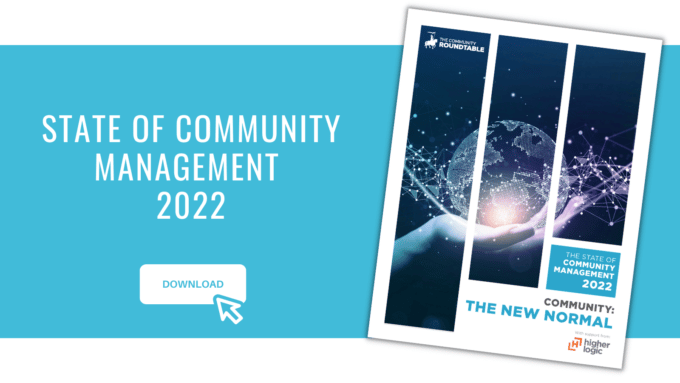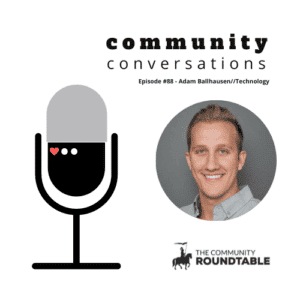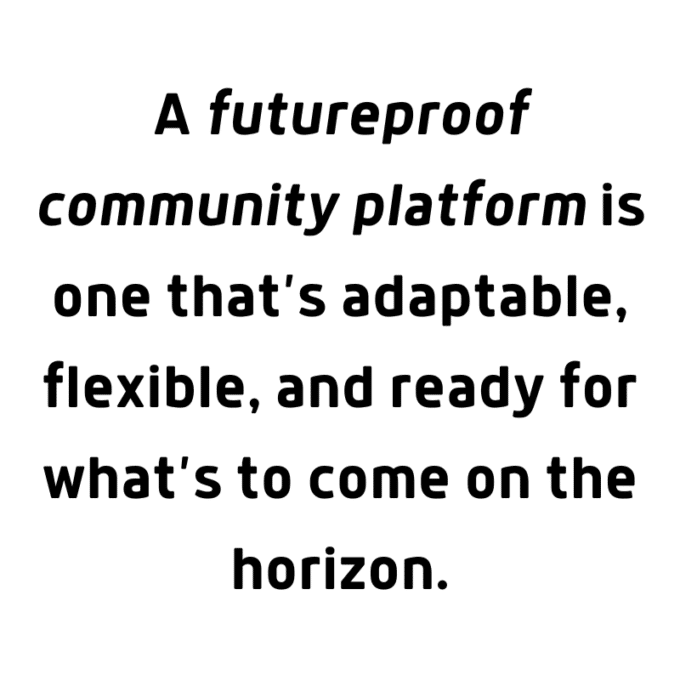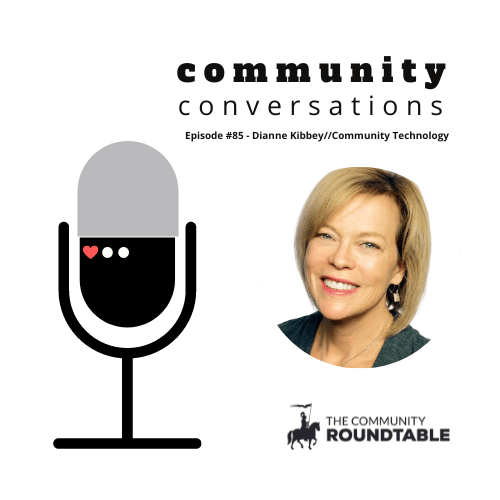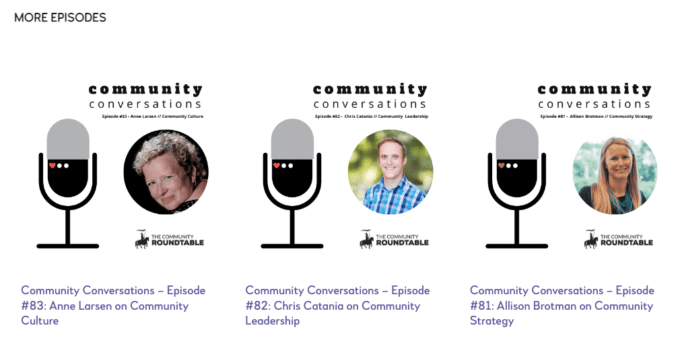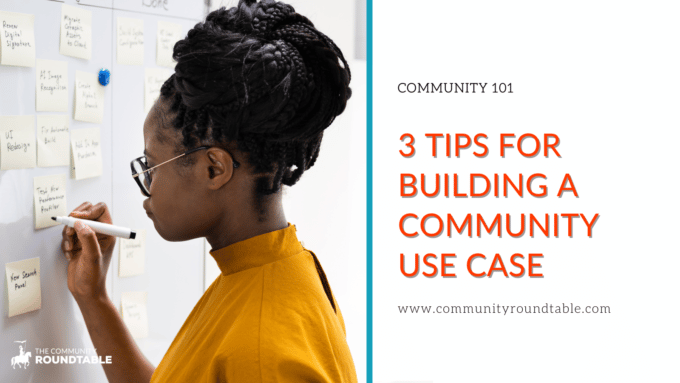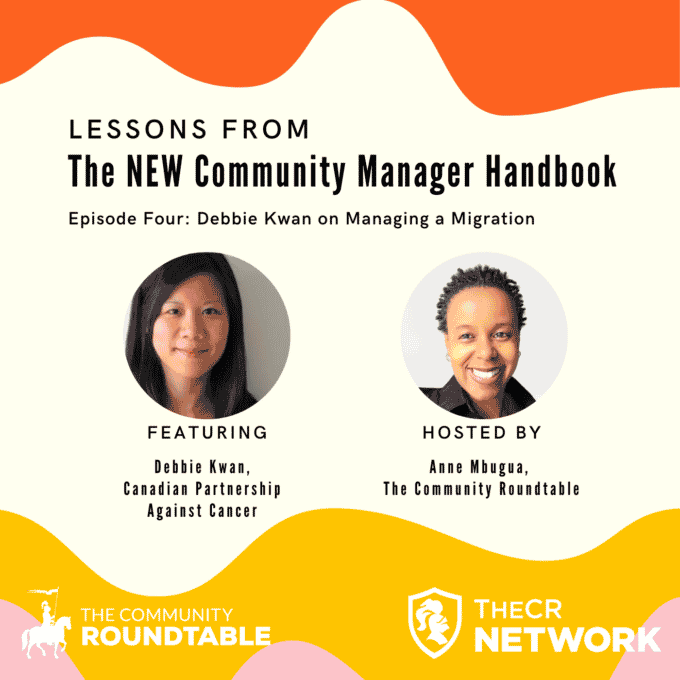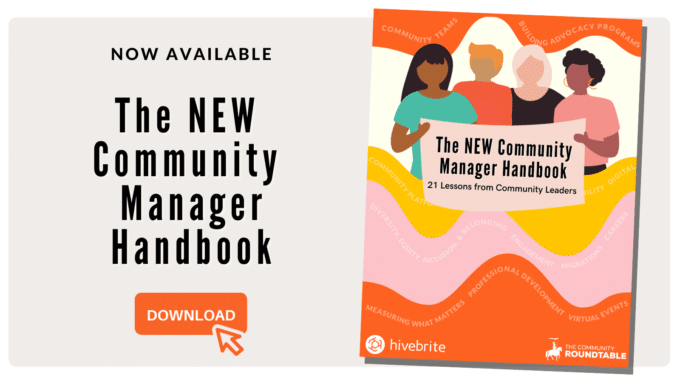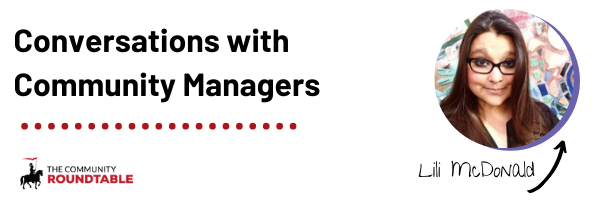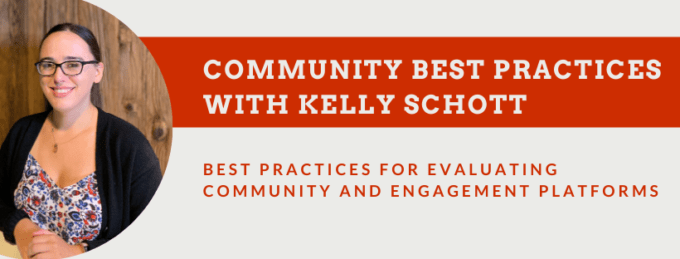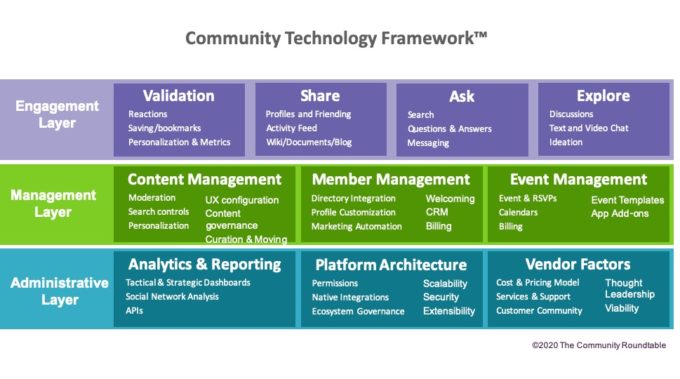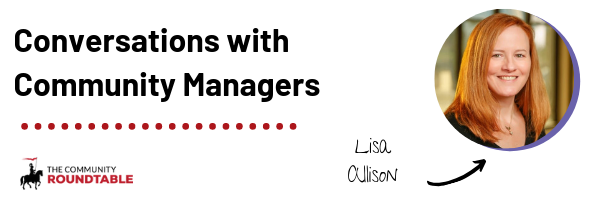Community Conversations is a long-running podcast series highlighting community success stories from a wide variety of online community management professionals.
Episode #91 of Community Conversations features Catherine Hackney, Principal at Confident Communities Consulting.
On this special State of Community Management 2022 episode, Catherine and host Anne Mbugua explore:
- How does thinking about tools affect community work?
- What does the SOCM 2022 report tell us about community tools?
- How you can better understand your audience’s needs and expectations.
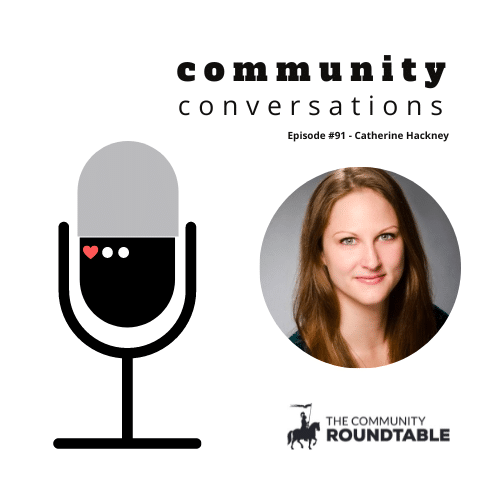
Listen to Catherine Hackney on Community Tools
Podcast: Play in new window | Download
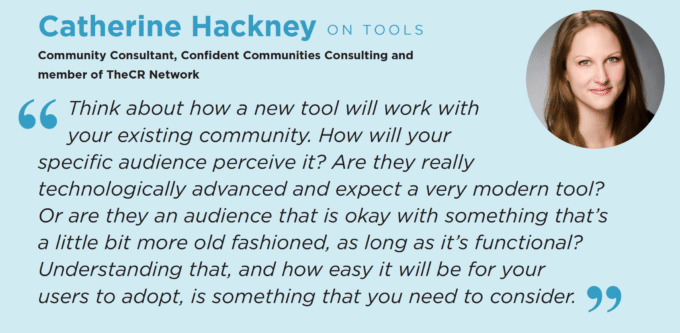
About Catherine Hackney
Catherine Hackney is the Principal at Confident Communities Consulting, LLC, a Higher Logic Certified Partner. She is a reliable online community management consultant with nine years of experience. Cathering demonstrates expertise in increasing member engagement and of the Tradewing and Higher Logic platforms. Catherine was the recipient of the Higher Logic MVP award in 2016-2022. Learn more about Catherine.
About The State of Community Management
Now in its 13th year, our annual State of Community Management report provides strategic ideas and tactical benchmarks for global community management professionals.
The State of Community Management 2022 explores the state of the community management industry through the lens of the eight competencies in the Community Maturity Model™.
Each section includes data, ideas, and expert practitioner perspectives to give you new insight into the community management industry.
